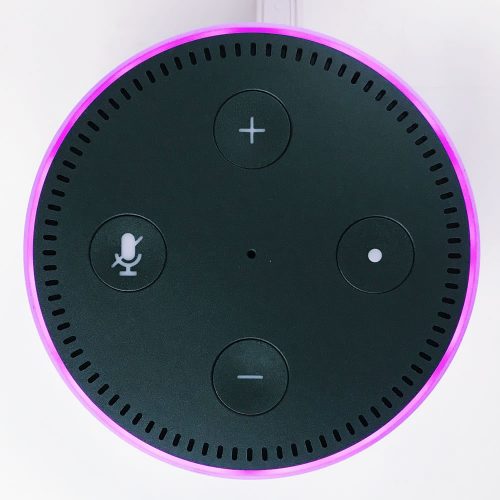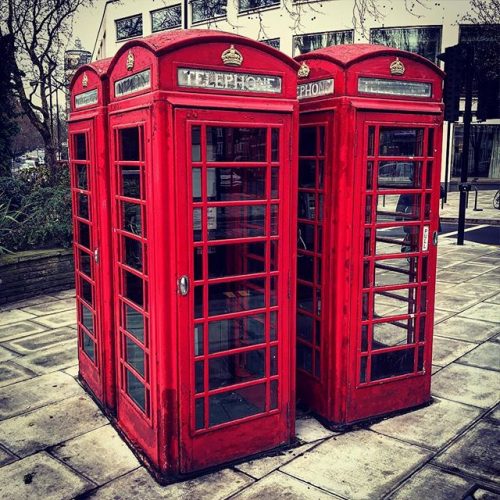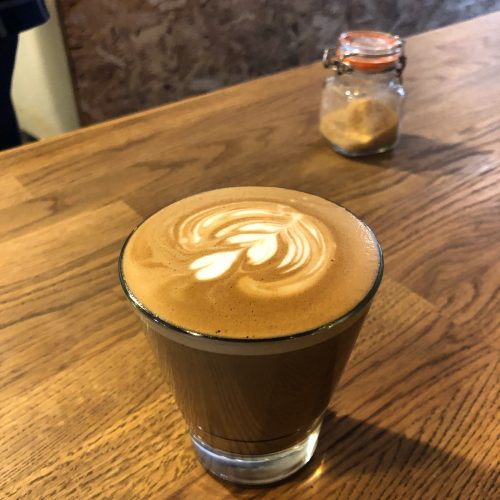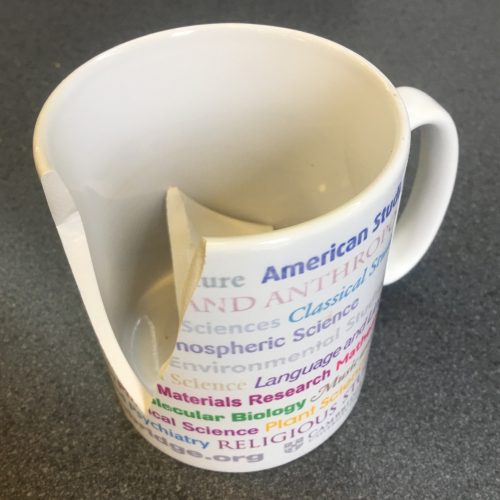Weeknote #09 – 3rd May 2019
Author: James Clay
Go to Source
The week started off in London with a day looking at and thinking about next generation learning environments. Before I got there, as I sat on the train I thought and reflected about what we even mean when we say next generation learning environment. Are their generational changes in learning environments, as in big changes from one generation to the next? Or do they merely evolve gradually over time? Could we enable these big shifts? Do we even want big shifts?
In London we discussed a range of challenges and issues in relation to next generation learning environments. What is the future of education? Will teaching be transformed? How can create personalised adaptive learning? How do we re-imagine assessment? How do you enable a merged digital and physical learning environment? What are the foundations that need to be put into place before you can start building the infrastructure, the design, the staff development required to enable those future challenges?
In order to understand what needs to happen, we framed some questions independently, so see what commonality there was and what differences there were. This is an useful exercise when deciding that question needs to be answered.
Some of my questions included:
- What does adaptive learning look like from the view of students and staff?
- Is personalised learning possible? Is it desirable?
- How do you enable a merged digital and physical learning environment?
- What are the differences between the student experience of 2020 and that of 2030?
Wednesday morning, after some coffee, I was in the office and had an initial discussion was had about possible themes for Digifest 2020, though this event won’t be happening until March 2020, like most big events the planning started almost after the last one finished (if not just a bit before).
The afternoon was off to the University of Bristol for a meeting about the One City Bristol project, elements of which are very much in the realm of the smart city. In my previous role I did do some initial research into the various smart city initiatives across the UK and we published a smart city use case on the Intelligent Campus blog.
In January 2019 Bristol published its first ever One City Plan.
The interdependent challenges of growing an inclusive, sustainable city that both breaks down our social fractures and inequalities and reaches carbon neutrality sit at the heart of the future we must deliver. They are stitched throughout the plan.
In the plan there are six themes, one of which is connectivity.
The lifeblood of Bristol is connectivity. Our connectivity is considered the template for contemporary city living. Whether our people connect in person or in virtual spaces, whether they connect in their physical communities or their global communities, our city infrastructure helps bring them together. Bristol connectivity means multimodal connectivity – we designed our infrastructure around the human condition. Anchored yet free, our people are able to draw on the experience of others in their communities and peer groups, and live independently and spontaneously.
Connectivity is synonymous with productivity and Bristol is the regional epicentre of productivity. The South West Economic Region grew on the back of investment in transport and digital connectivity.
The Bristol-Cardiff high speed, high frequency rail link benefits both cities equally – time and travel no longer impinge productivity as they once did. Talent, ideas, energy and enthusiasm flow between the cities and across the region. High-speed rail links connect Bristol with other cities and when the mass transit system was completed in the 2030s, connections between Bristol, Bath, Bristol airport and North Fringe and East Fringe were complete. Our traffic management has cut congestion times and many of our deliveries are made by driverless freight vehicles.
Throughout the 2020s ultrafast broadband was rolled out without exception to social housing, businesses, in public spaces and through city Wi-Fi services. Tactile and immersive virtual and augmented realities reduce the need to travel and are commonplace at work and at home. They also bring together like-minded communities for shared social activities and entertainment.
Our city has managed bus lanes, cycle lanes, congestion controls and programmes to educate school children about safe travel. More than half the city cycles and active travel is the preferred mode of transport for many commuters. Domestic deliveries often arrive by drone. Nobody has been killed or seriously injured as a result of an avoidable road traffic accident in Bristol for years.
We strategically removed the obstacles and barriers to people connecting. The city moves on renewable energy, our people are free to create their own pathways, connected in person or virtually. Our lifeblood flows locally, regionally and globally.
This certainly is an aspiration that hopefully will come to fruition.
Following a request, based on my experience of working on the Jisc Digital Apprenticeships project, Thursday saw me working on some desk research on the current provision of Digital & Technology Solutions Degree Apprenticeships across the UK.
One thing that was apparent was how “popular” this degree apprenticeship is.
Chartered manager and digital and technology solutions are the two most implemented standards across each English region, with at least 43 and 33 institutions, respectively, providing them.
You can find more information about this specific degree apprenticeship on the government’s apprenticeships website.
One of the key requirements of my role is engaging with the Office for Students and the funding they provide Jisc to support higher education. As a result I attend and participate in various meetings that enables us to demonstrate value for money for the OfS, as well as how Jisc is supporting their strategic aims.
I spent some time this week reviewing the Office for Students Strategy 2018 to 2021 and their business plan for 2019-20 in preparation for a meeting on Friday morning.
One thing that I noticed was the target to Launch and oversee a ‘what works’ centre, Transforming Access and Student Outcomes in Higher Education.
The Centre for Transforming Access and Student Outcomes in Higher Education (TASO) will use evidence and evaluation to understand and show how higher education contributes to social justice and mobility. TASO will exist as an independent hub for higher education professionals to access leading research, toolkits, evaluation techniques and more, to help widen participation and improve equality across the student lifecycle.
It made me think about how this could be done, how it will probably be done and what the actual impact will be.
I tweeted out about the Jisc Futures R&D quarterly learnings webinar for summer 2019
R&D quarterly learnings webinar – This is the third in a series of update webinars for Jisc members to discuss the progress of our R&D work and share what we are learning during our projects.https://t.co/lG7XoFZ7g5
— James Clay (@jamesclay) May 3, 2019
This is the third in a series of update webinars for Jisc members to discuss the progress of our R&D work and share what we are learning during our projects.
Each webinar will consist of two presentations on recent lessons learned, followed by an open Q&A session which will offer an opportunity to question or discuss any of our R&D work.
-
- Launch of the step up programme – making it easier and less risky to work with edtech start-ups
- Building digital capability service demo including new features for library and information professionals
- Q&A on all of our R&D projects
Details of the event and registration are here.
We had a debrief about the Agile Implementation Workshop I helped run last week. One outcome from this workshop was to run a knowledge call or workshop on using Jira for projects and business processes.
I spent part of Friday, clearing the inbox, reviewing my scrum boards and planning work for next week.
Following my post about Alexa last week, I read this blog post Maybe Universities Shouldn’t Be Putting Amazon Echos in Student Dorms from Inside Higer Ed which explores the problems and concerns some have about “listening” devices in students’ rooms.

In a tragic twist to the end of the week, someone at Castlepark office broke my Cambridge University Press Academic mug that I got at the UKSG 2011 conference in Harrogate ten years ago.
I’ve had that mug ten years, through four jobs, three employers, three cities and numerous mugs of coffee. I liked that mug, but it holds no sentimental value.
So who broke it and why?



